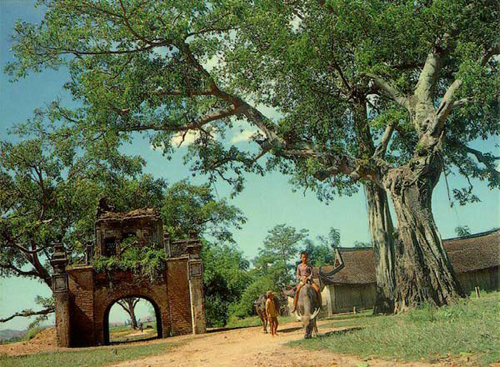Assembly Hall of Cantonese Chinese Congregation or Hội Quán Quảng Đông in Vietnamese is situated at 176 Tran Phu street, near Japanese covered Bridge. The Hall was built in 1855 by Cantonese community coming from China and doing business in Hoian.
The Hall was restore in 1915 and again in 1990. The main construction, in the middle compartment, is used to worship Quan Cong - a famous General who lived in 3rd century in China, who is respected by 5 noble characters that real and success traders must follow. On 2 other sides are altars of Saints.
The Hall is ornamented colorfully and attractively by motifs of dragon, phoenix, jade glazed ceramics, paintings...Many ancient objects still remain inside including 4 horizontal lacquered boards, incense burner with the height of 1.6m high and 0.6m wide.
Photo ST
Annual ceremony praying for peace and lucks is taken place at the Hall on 15th day of January, Lunar Calendar. If you attend the Temple this day you you learn lots of cultural features of Chinese Community in Hoian.
































































